Hints On How To Make Giving To You A Lot Easier
a: Always have a prominent “Where the need is greatest” choice – many people will trust you to allocate their gift as you need to, and unrestricted gifts are the primary goal of every client we’ve ever had.
b: Give people the chance to give a gift to two or more funds at the same time. It’s surprising how many people will give to multiple funds online; these donors tend to be better repeat giving prospects
c: Offer the option to make this a recurring gift. Some nonprofits generate a surprising number of new monthly donors from their website each month.
d: The way you arrange the gift options on your page matters. Test a horizontal gift array ($25, $50, $100, or “other”) against a vertical array. Test an ascending array against a declining array. Test different amounts in the array. Each test will yield a different rate of completed donation forms and average gift amounts.
e: Online gifts by credit card are NOT the only way people like to give online. Give them choices including PayPal, a printable form, and e-check.
[See: “Getting The Whole Pie”]
f: After you’ve gotten their gift amount and attribution, then ask if it’s an honor or memorial gift, and if so, collect that information. Then get their name and address, and finally, ask for their method of payment. This way, if they have to go hunt for their credit card, they’ve invested enough time already that they’re likely to get up off their chair and find it.
g: Don’t ask questions that are not necessary for completing the gift. Phone numbers, “how did you hear about us” and other pieces of useful information tend to get in the way of people completing a gift
h: The donation form is no place for links to other pages on your site with more information. You don’t want to give them chances to leave the donation page except by clicking the “submit” button at the bottom of the page.
i: There will always be errors made by donors in the donation process. They’ll enter their credit card number incorrectly, for example. Make sure that your error messages are clear and forgiving. Here’s a good example of a bad example:

j: Measure the success rate of your donation page:
Look at your web site analytics reports (Google Analytics, Webtrends, etc.) and look at the total “page views” of your donation form each month.
Divide the number of online donations (of all types – PayPal, printed forms, phone, e-check) into the number of page views. That’s the completion rate of your form.
Then divide the total dollar amount of online gifts by the number of gifts to yield an average gift amount. Keep testing different arrangements of your form until you have maximized those two ratios.
Keep reviewing your own site — make it easier to find, easier to get to your donation page, and easier to complete the gift — until you start to see real increases in your online donation results. Do this internal work before you invest a dime in drawing more traffic to your website.
Questions about the online giving process? Or, how to improve your results? Ask Me.
=-=-=-=-=-=-=-=-=-=-=-=-=-=
Rick Christ has been helping nonprofit organizations use the internet for fundraising, communications and advocacy since 2009, and has been a frequent writer on the subject. He delights in your questions and arguments. Please contact him at: [email protected] or at his LinkedIn Page

